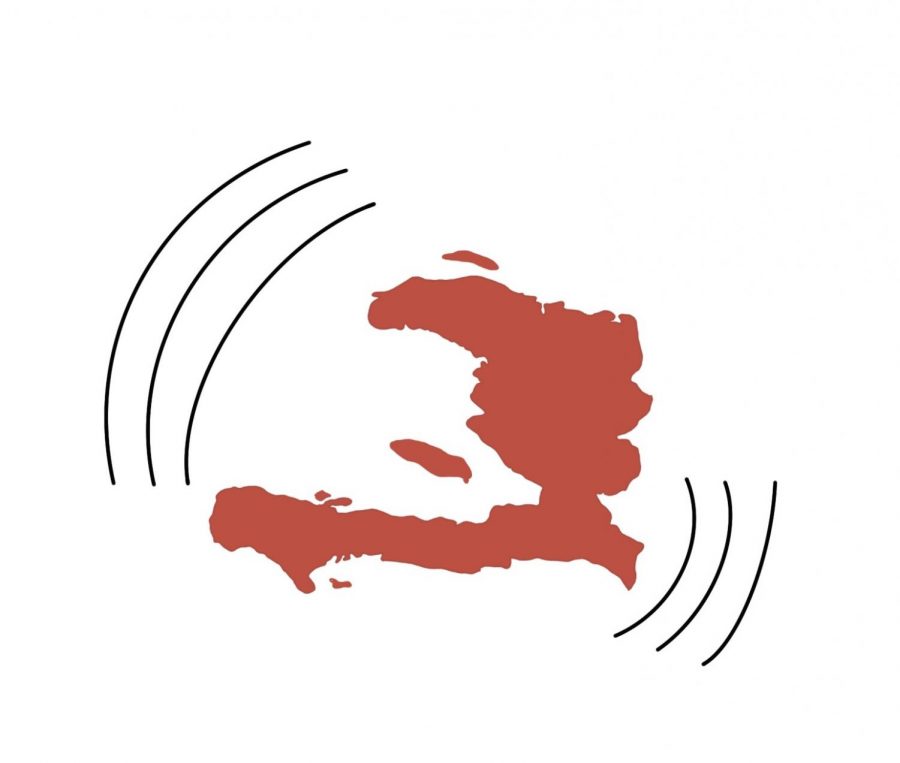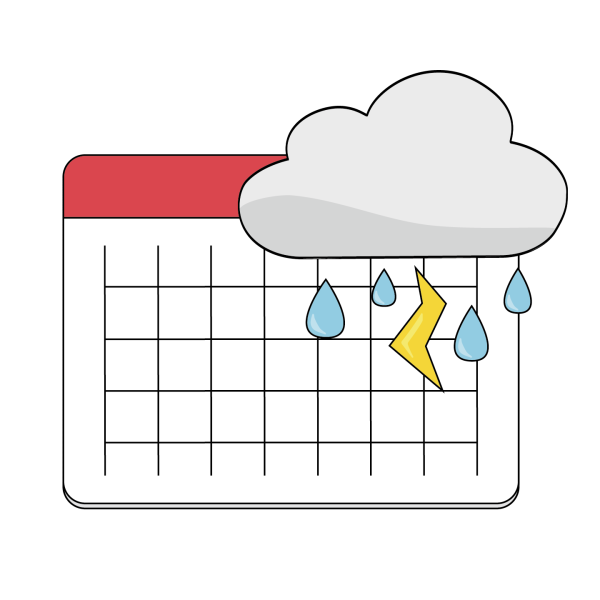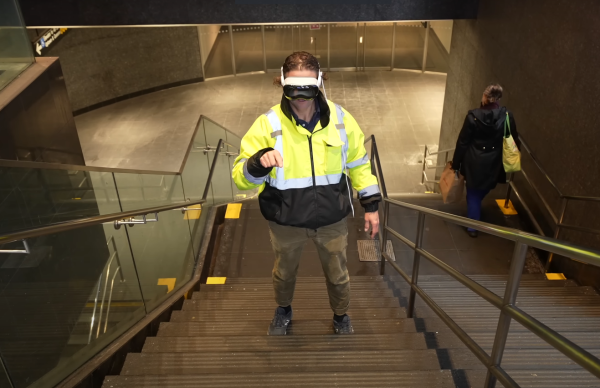“We Must Show Solidarity”—The Humanitarian and Economic Implications of Haiti’s Earthquake
Last month, a magnitude 7.2 earthquake battered the southern peninsula of Haiti. This is the most recent devastating blow to the country that is still dealing with a presidential assassination and another catastrophic earthquake that happened more than ten years ago. As the quake continues to overwhelm hospitals, the answer to how a nation so prone to natural catastrophes will withstand the humanitarian and economic consequences of this tragedy remains uncertain.
The earthquake occurred on August 14, followed by Tropical Depression Grace two days later. According to the Civil Protection Agency, the quake destroyed buildings and pinned residents under debris, killing approximately 2,200 people and injuring more than 10,000. Many were missing for several days. The United States Geological Survey (USGS) found that the quake’s epicenter was approximately 80 miles west of Port-au-Prince, the nation’s capital. However, the depth and magnitude of the quake was felt throughout the country, as well as several other nations, including Jamaica, an island more than 200 miles from Haiti.
Haiti sits between two major fault zones, and lies within the Caribbean’s hurricane belt. The major recorded earthquakes in Haiti can be linked to its geographical position. According to the United States Geological Survey, the southern plate, known as the Enriquillo-Plantain Garden fault, caused the most recent quake. It also precipitated the 2010 earthquake that killed more than 250,000 people. According to William Bakun and Claudia Flores, researchers at the USGS, these quakes “may mark the beginning of a new cycle of large earthquakes on the Enriquillo fault system after 240 years of seismic quiescence.”
Other research suggests that climate change is accelerating the pace and aggression of seismic activity. Many specialists have pointed out how hurricanes in Haiti are historically “man-made disasters.” This is evident in the amount of erosion that Haiti experiences after a storm. In the 17th century, French colonizers cleared forests and trees to build plantations in Haiti. As a result, the soil became unstable, making storms and earthquakes much more deadly. Moreover, the lack of earthquake-resistant buildings and healthcare technologies provides a huge infrastructure challenge for the country. Haiti’s political and economic precariousness, geographic conditions and lack of strategy have caused environmental disasters to feel much more exigent.
The complex geological history of Haiti goes back hundreds of years. According to NPR reporter Jaclyn Diaz, the earliest major earthquakes in Haiti took place in the 1700s. These quakes left hundreds of thousands dead and had serious economic consequences. On November 21, 1751 Seismic activity destroyed Port-au-Prince, and was soon followed by a tsunami. Just two decades later, seismic activity on the Enriquillo-Plantain Garden fault destroyed Port-au-Prince again. Haiti was devastated again in May 1842 when a magnitude 8.1 earthquake destroyed the northern coast of Haiti, triggering a deadly tsunami and killing more than five thousand people. The most recent quake has left over 7,000 homes destroyed and nearly 5,000 homes and businesses damaged. Currently, more than 30,000 Haitians are homeless. Les Cayes and Jeremie, two cities on Haiti’s southern peninsula, experienced the most severe devastation. Existing damage was worsened with the arrival of Tropical Depression Grace—where winds reached up to 35 miles per hour, flash floods and mudslides were triggered and more than 10 inches of rain fell.
Before the 2010 earthquake, poverty levels in Haiti were at an all-time high, with more than 50% of the population living in extreme poverty. Haiti’s conditions prior to the 2010 earthquake—such as unequal wealth distribution, food insecurity and weak governance—were all contributing elements to fatalities and wide-scale infrastructure loss. The recent quake has illustrated the ongoing economic problems facing the nation and the influence that Haiti’s environment has on its cultural, political and monetary vulnerabilities. It has also exacerbated Haitie’s already dire economic situation, one that is a product of colonial exploitation and foreign interference. Since winning its independence from France, Haiti’s political and economic development has suffered from foreign power interference, domestic corruption and onerous foreign debt, including money paid to the French government as compensation for the French loss of its former colony.
As the crisis across Haiti continues to worsen, many efforts are being made to support the nation with humanitarian relief. The following is a list of organizations that are accepting donations:
- UNICEF is working with the government of Haiti to help aid vulnerable children and families.
- Project HOPE is sending out an emergency response team to help in relief efforts.
- Humanity and Inclusion is responding to the recent earthquake by providing rehabilitation, mental health care and physiological aid.
- Hope for Haiti is distributing emergency aid kits to individuals and families.
Save the Children is continuing to distribute aid to children and families.
Your donation will support the student journalists of Saint Louis University. Your contribution will help us cover our annual website hosting costs.










